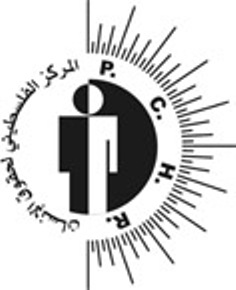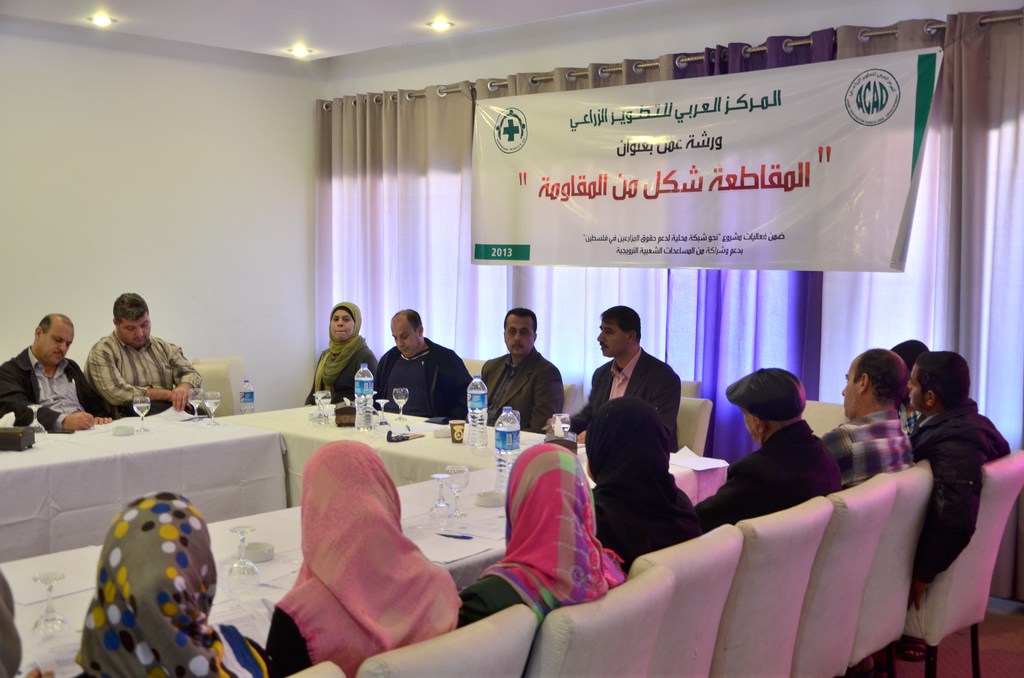Year: 2013
-
PNGO and human rights organizations calls for immediately ending suffering of civilians due to electricity outages
29th November 2013 | Palestinian Centre for Human Rights| Occupied Palestine The Palestinian Non-Governmental Organizations Network (PNGO) and human rights organizations in the Gaza Strip express their deep concern for the deteriorating humanitarian conditions of the population of the Gaza Strip due to the continued tightened closure imposed by Israel on 1.8 million people and its…
-
Day of Rage against the Prawer Plan will be held this Saturday, 30th of November, in the Naqab
10th November 2013 | Prawer Won’t Pass Campaign | Occupied Palestine After a month laden with demonstrations and debates in the Interior Affairs Committee of the Knesset, this Saturday will see the largest event held thus far in the Naqab (Negev), with thousands of protesters expected to arrive from around the country. Parallel protests will be held in Gaza,…
-
BDS workshop draws dozens of farmers and agricultural officials in Gaza
28th November 2013 | International Solidarity Movement, Maria del Mar Fernandez and Mohammed Abedullah | Gaza, Occupied Palestine On Monday, 25th November 2013, a conference on the Boycott, Divestment and Sanctions (BDS) movement against Israeli apartheid, colonization and occupation was held in Gaza City by the Arab Center for Agricultural Development (ACAD) and Norwegian People’s Aid…



